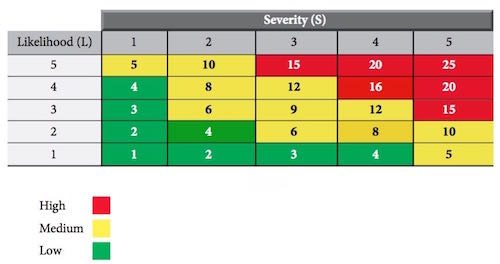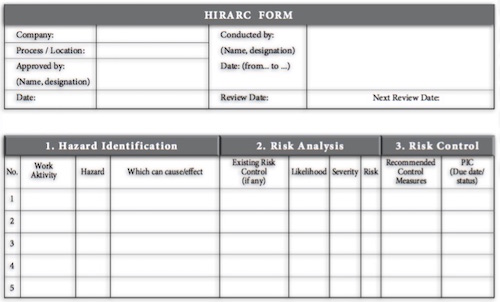Risk is the determination of likelihood and severity of the credible accident/event sequences in order to determine magnitude and to priorities identified hazards. It can be done by qualitative, quantitative or semi quantitative method.
A qualitative analysis uses words to describe the magnitude of potential severity and the likelihood that those severity will occur. These scales can be adapted or adjusted to suit the circumstances and different descriptions may be used for different risks. is method uses expert knowledge and experience to determine likelihood and severity category.
In semi-quantitative analysis, qualitative scales such as those described above are given values. The objective is to produce a more expanded ranking scale than is usually achieved in qualitative analysis, not to suggest realistic values for risk such as is attempted in quantitative analysis.
Quantitative analysis uses numerical values (rather than the descriptive scales used in qualitative and semi-quantitative analysis) for both severity and likelihood using data from a variety of sources such as past accident experience and from scientific research. Severity may be determined by modelling the outcomes of an event or set of events, or by extrapolation from experimental studies or past data.
Severity may be expressed in terms of monetary, technical or human impact criteria, or any of the other criteria. e way in which severity and likelihood are expressed and the ways in which they are combined to provide a level of risk will vary according to the type of risk and the purpose for which the risk assessment output is to be used.
In the next guide series, qualitative and semi quantitative method uses as an example.











